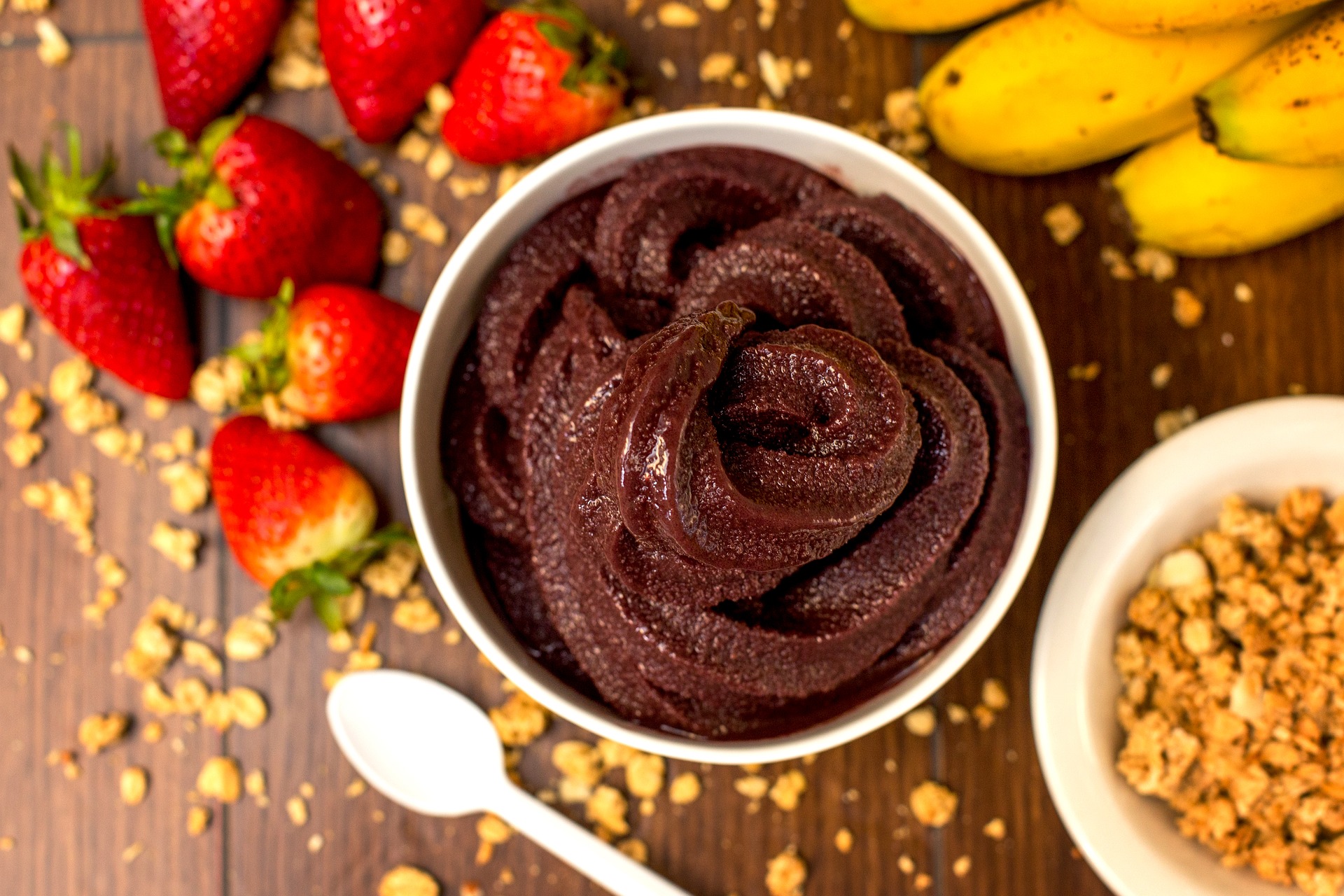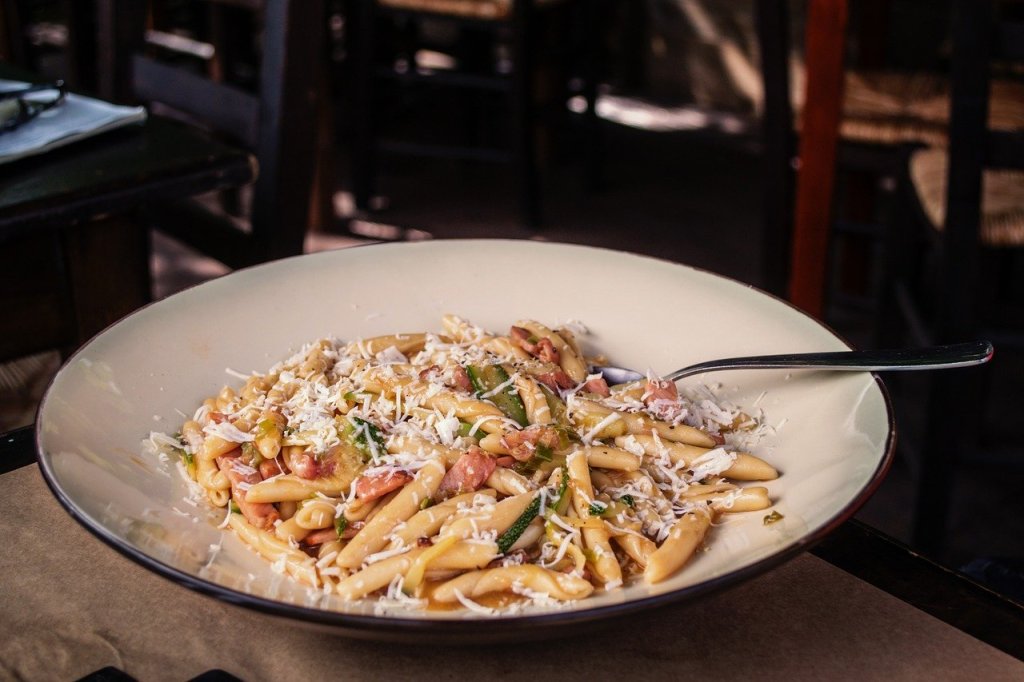“WE ARE WHAT WE CONSUME”
Getting back to a great taste of delicious, nourishing food is a must for us all with ostomies. After my ileostomy surgery I thought my post-op dietary instructions from my providers were going to be my new-norm and permanent eating habits. After increasing my Ostomy support network and speaking with a nutritionist who was familiar with our conditions, I was able to re-attain normalcy in my nutrition.

I started with liquids during my post-op and then slowly transition into solid foods. Some of us may struggle with this transition and that is completely normal. Following up with your providers or nutritionist for additional help during this transition is recommended. I believe having someone who specializes in ostomy care can be extremely helpful along with attending support groups. These steps helped me begin my journey with a low fiber, low in spice and low-fat foods diet. I remained in this dietary stage for approximately five weeks. Increasing my low fiber intake helped with reducing gas throughout my recovery period.
Please check with your provider regarding your nutritional intake 4-6 weeks after surgery. Dietary restrictions help decrease the risk of gastrointestinal tract issues and helps prevent obstructions. (UOAA)
High spicy and fat foods may cause diarrhea or reflux
Keeping a food diary in the early stages allows you to gain a better understanding of what nutritional intake works for you. By logging my daily intake, I was able to identify my foods of choose, and the foods that caused a negative reaction to my digestive system. Selecting food from all major food groups gave me a proper nutritional balance in my daily diet. According to UOAA people with ostomies should consume up to 5 to 6 small meals daily, and drink a hour before and after each meal. You should always drink plenty of fluids to stay hydrated at all times weather the stool is solid or not.
Fiber is a great nutrient source to help form solid stool, and its also known to be a carbohydrate, that’s important in a ostomy diet. The fiber that’s needed is Insoluble it does not dissolve in water, causing it to add bulkiness to our stool patterns. Here’s a couple of example of foods with Insoluble Fibers:
LIST OF FIBERS
- Whole Grains
- Fruits
- Veggies
- Beans
(please see UOAA “EATING WITH A OSTOMY” for more nutritional information)
Please contact your provider to determine which medication is best to slow your output, if your having difficulty with food intake.
Getting back to eating normal is a tasks that takes time. Being able to eat out again is an even longer task but is achievable. Though it will take time it will become easier to manage as time progresses. In the beginning many may be stuck with the question does it smell, fear of using public restrooms or even fear of having a leak in public. I like to call this ostomy anxiety. As we grow with living and being more productive with our ostomies and learning what foods make us do certain things or feel a certain way it gets better for example.
My food diary taught me to determine my food in-take through trial and error along with the general guideline effect of food for those with an osotmy. (OSTOMATE FOOD REFERENCE CHART FOUND ON UOAA WEBSITE)
I struggled with Gas, Odor and Diarrhea and logging my daily in-take helped me identify the sources that contribute to these issues. My list of foods that contribute to these issues are listed below in each category.
GAS PRODUCING FOODS
- Dairy Products
- Carbonated drinks
- Beans
- Certain Soy Products
ODOR PRODUCING FOOD
- Bake beans
- broccoli
- Eggs
- Fish
- Garlic
- Onions
- Peanut Butter
- Some Vitamins and Medications
- Some cheeses
- Some veggies
DIARRHEA CONTROL PRODUCTS
- Applesauce
- Bananas
- Potatoes
- Peanut butter
- Toast/bread
- Fiber (supplements)
- Oatmeal/Grits/Cream of wheat
- Pasta

keep in mind everyone reacts to food differently, remember to chew all foods carefully for proper digestion, and to avoid any blockages. Try to eat in moderation, this will help decrease gas and give you a better food tolerance. I learned as a ileostomy patient, maintaining a low sodium diet helped with hydration.
As I became more comfortable living with my ostomy, I slowly started adding some of my old favorite foods back into my diet. If something irritated or upset my stomach I wouldn’t eat it for a few months, or I would cook it a different way.
Living with an ostomy can be challenging in many ways; but with guidance, support and your will to grow, you can regain your ability to live and not just exist in this world- creating your New-Normal.